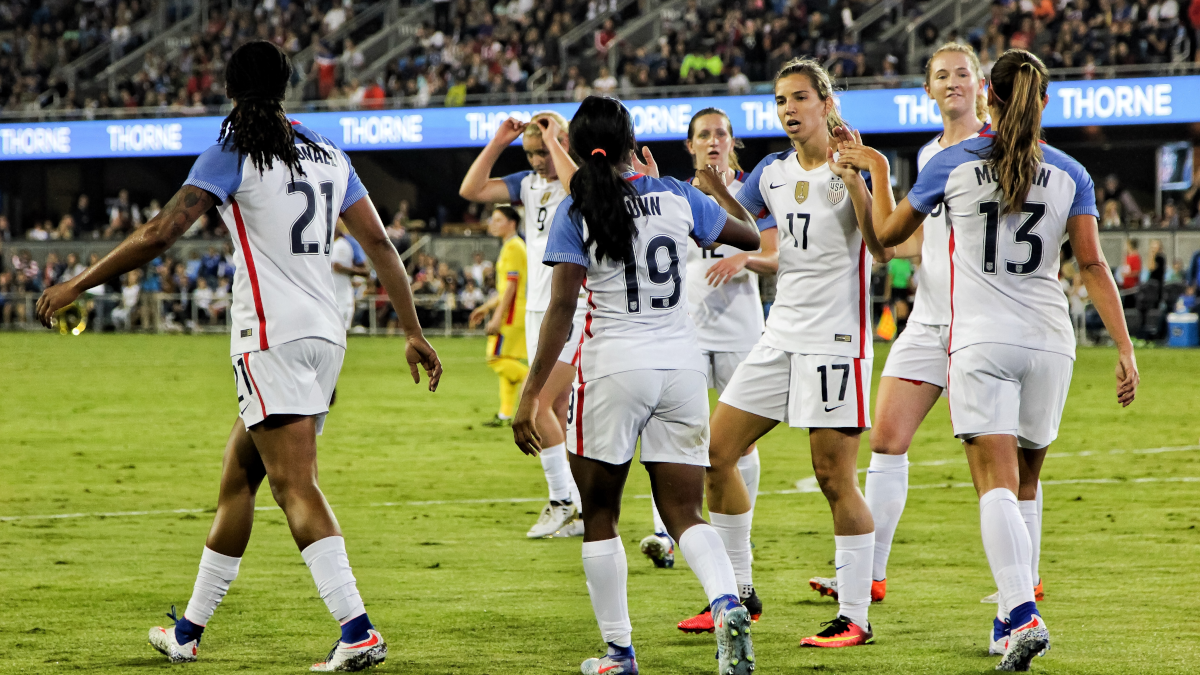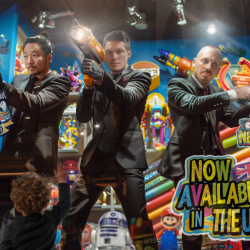In an ideal world I would not be writing this article
But the Women’s World Cup advertising campaigns have left me hankering for more enjoyment and enthusiasm, and it is frustrating that the gender lens is still framed in comparison to the men’s game. Ipsos, in collaboration with #SeeHer, have shown the potential business impact of non-stereotypical portrayals of women in advertising, both on short-term sales lift and long-term brand equity share gain. Just 4% of the Ipsos ad testing database in the US featured women as athletes, highlighting an opportunity for brands to stand apart and gain commercially.
Our recent polling data showed the Lionesses are rated more highly for on-pitch results and off-pitch social impact than the men’s team. These are fertile, borrowable values for brands. This data also highlighted the need to change the narrative on the quality of football skills; the women’s team is not rated as highly, which is heartbreaking.
Orange in France, arguably the most viral tournament advert, surprised viewers by featuring male players’ faces superimposed on their female counterparts, performing impressive football skills. Bravo to Orange for effectively challenging gender assumptions, though I can’t help feeling a twinge when ‘shock elements’ are needed to validate women’s skills.
An Ipsos study from the 2022 Euros showed that 3 in 10 British adults felt that efforts to tackle sexism in football have not gone far enough.
FIFA title sponsor Adidas ‘Play Until They Can’t Look Away’ showcases the next generation of talent, including Alessia Russo, Mary Fowler and Lena Oberdorf, in fast-paced scenes displaying skill and creativity, but I question why they didn’t stop there and exclude David Beckham and Lionel Messi.
Another theme is around fathers and daughters, from the Swiss Football association announcing their squad to Nike’s ‘What The Football’ and the BPI Bank in Portugal’s ‘It’s a Girl’ campaigns. All three campaigns are well done and Nike captures the excitement of the World Cup with a humorous storyline of a dad who falls into a coma while watching football icon Brandy Chastain’s 1999 penalty and wakes up 24 years later. It presents female power and addresses a potential knowledge gap for the audience.
The ad that really hit home for me was RTÉ Ireland ‘You have to see it to believe it’. capturing the excitement of a nation competing in the World Cup for the first time. If the wall mural of captain Katie McCabe does not encapsulate sheer pride and anticipation, what does?
Overall, it is the relative absence of buzz that gets to me
The ratio of broadcaster to brand ads doesn’t feel right. Have brands missed a unique opportunity to capitalise on those borrowable values? Here are my future recommendations:
- Recognise the commercial potential evidenced by the effectiveness boost from non-traditional female portrayal and burgeoning interest in women’s sport.
- Start early and ramp up your campaign during the tournament. The same ad can wear in as the tournament progresses as evidenced here.
- Give female players and their achievements the spotlight. There is headroom to elevate the narrative into people’s imaginations.
- Fandom, excitement, and energy are key to successful sports sponsorships, regardless of who is on the field.
Featured image: Chris Leipelt / Unsplash



























